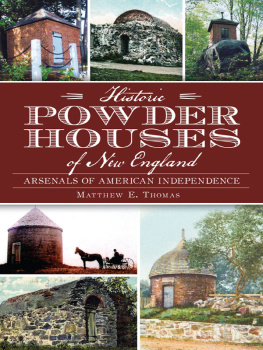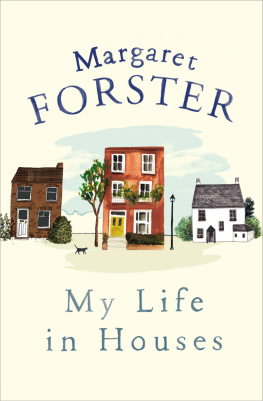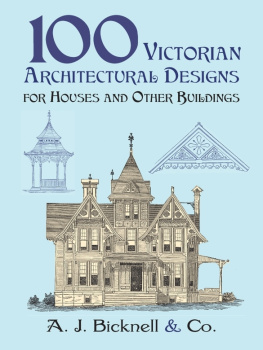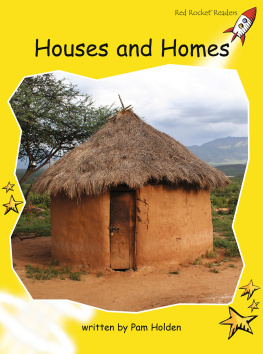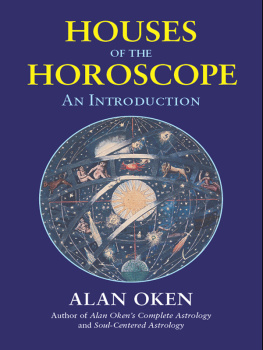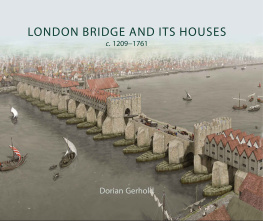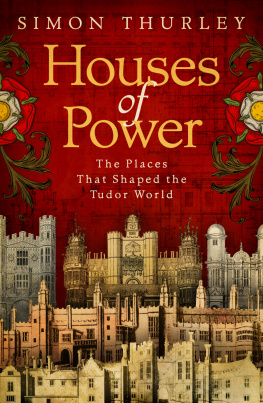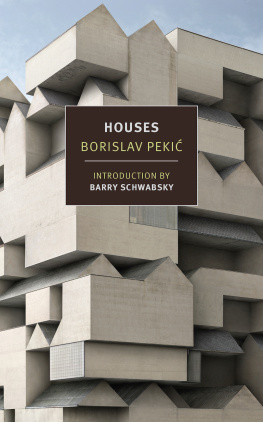ROUTLEDGE LIBRARY EDITIONS: BRITISH IN INDIA
Volume 18
PALACES OF THE RAJ
Palaces of the Raj
Magnificence and Misery of the Lord Sahibs
Mark Bence-Jones
First published in 1973 by George Allen & Unwin Ltd
This edition first published in 2017
by Routledge
2 Park Square, Milton Park, Abingdon, Oxon OX14 4RN
and by Routledge
711 Third Avenue, New York, NY 10017
Routledge is an imprint of the Taylor & Francis Group, an informa business
1973 George Allen & Unwin Ltd
All rights reserved. No part of this book may be reprinted or reproduced or utilised in any form or by any electronic, mechanical, or other means, now known or hereafter invented, including photocopying and recording, or in any information storage or retrieval system, without permission in writing from the publishers.
Trademark notice: Product or corporate names may be trademarks or registered trademarks, and are used only for identification and explanation without intent to infringe.
British Library Cataloguing in Publication Data
A catalogue record for this book is available from the British Library
ISBN: 978-1-138-22929-7 (Set)
ISBN: 978-1-315-20179-5 (Set) (ebk)
ISBN: 978-1-138-29336-6 (Volume 18) (hbk)
ISBN: 978-1-315-23206-5 (Volume 18) (ebk)
Publisher's Note
The publisher has gone to great lengths to ensure the quality of this reprint but points out that some imperfections in the original copies may be apparent.
Disclaimer
The publisher has made every effort to trace copyright holders and would welcome correspondence from those they have been unable to trace.
PALACES OF THE RAJ
MAGNIFICENCE AND MISERY OF THE LORD SAHIBS
MARK BENCE-JONES
London
GEORGE ALLEN AND UNWIN LTD
RUSKIN HOUSE MUSEUM STREET
First published in 1973
This book is copyright under the Berne Convention. All rights are reserved. Apart from any fair dealing for the purpose of private study, research, criticism or review, as permitted under the Copyright Act, 1956, no part of this publication may be reproduced, stored in a retrieval system, or transmitted, in any form or by any means, electronic, electrical, chemical, mechanical, optical, photocopying, recording or otherwise, without the prior permission of the copyright owner. Enquiries should be addressed to the publishers.
George Allen & Unwin Ltd, 1973
ISBN 0 04 9540173
Printed in Great Britain
in 12 point Barbou type
by W & J Mackay Limited, Chatham
To my Father and Mother
who first took me to India
Unpublished Crown copyright material in the India Office Library or India Office Records transcribed or reproduced in this book appears by permission of the Controller of Her Majesty's Stationery Office. In this connection, I would like to express my thanks to the India Office Library staff, particularly to Dr Richard Bingle, Mrs M. Archer and Miss P. M. Harrold, for their help and for the cheerful forbearance with which they endeavoured to satisfy my apparently insatiable demands for abstruse material.
I would like to thank the following who have kindly given me permission to quote from unpublished letters, and other manuscript sources: Lord Elphinstone (Elphinstone Collection); Lord Strachie (R. Strachey Collection); Sir John Lawrence, Bt, O.B.E. (Henry Lawrence Collection); Sir Richard Temple, Bt, M.C. (Sir Richard Temple Collection); Miss Elizabeth FitzRoy (Journal of Yvonne FitzRoy); Mr J. C. Lyall (A. C. Lyall Collection); Mrs. L. W. Smith (Harcourt Butler Collection).
Then there are those who provided illustrations, lent me books and papers, and gave me personal reminiscences - as well as hospitality, which made researching in various parts of the country not only easy for me, but a great pleasure. To each of the following I am indebted on one or more, or - as is frequently the case - all of these counts: the Marquess of Dufferin and Ava; Doreen, Lady Brabourne, C.I.; Sir Gilbert Laithwaite, G.C.M.G., K.C.B., K.C.I.E., C.S.I.; Mr A. R. Astbury, C.S.I., C.I.E.; the Master of St Benet's Hall, Oxford; the Broadlands Archives; the proprietors of Country Life ; Miss Denise Dane; Mrs de Montmorency; Mr Giles Eyre; Miss Violet Stuart Fraser; Dr . B. Gaitonde, Director of the Haffkine Institute, Bombay; Mr Charles Harding; Miss Pamela Maclagan; Mr Philip Mason, C.I.E., O.B.E.; Captain Peter Montgomery; Mrs Gervas Portal; Lieutenant-Colonel R. B. Sleeman, O.B.E., M.C.; Mr John Teed; Mrs Harold Temple-Richards; Miss Ann Wright.
I feel especially grateful to the late Lady Maclagan and the late Mrs A. R. Astbury, who gave me the benefit of their wonderful memories of India shortly before they died. But for Mrs Astbury and her husband, Mr A. R. Astbury, this book might not have been written; for it was they who encouraged my father and mother to go to India, nearly forty years ago. I remember them clearly from when I was three years old, and when I saw them again, early in 1972, having not seen them during the intervening period, they seemed hardly to have changed at all.
Last, but by no means least, comes my gratitude to members of my family. To my wife, Gillian Bence-Jones, for accompanying me to many Indian buildings in hot weather. To my father and mother, to whom I owe the good fortune of a childhood spent in the India of the Raj; to my father, also, for his help and encouragement in the early stages of this book, which he did not live to see finished; and to my mother for checking my script. To my uncle and aunt, Commander and Mrs Scott-Lewis, for looking up elusive names and dates, and copying the plan of Government House, Calcutta.
This plan, and the plan of the Viceroy's House, New Delhi, are based on plans in published works, but have been simplified; the plan of Government House, Madras is a simplified copy of a plan by the architect, John Goldingham, in the India Office Library, which has been altered to show how the centre of the house was actually built. The other plans in this book are based only on memory, and so may not be quite accurate, or in scale. Where I am frankly uncertain as to the shape or arrangement of part of a building, I resort to broken lines: the breaks represent gaps in my memory, and in the memory of other people who knew the houses, and in no way reflect on the draughtsman who produced the final version of the plans. In fact, the plans are merely intended to help the reader to find his or her way about the houses in the pages of this book and would not be recommended to anyone wishing to emulate the Commissioner of Police who, when testing the security arrangements of the Bombay Government House during the Mutiny, succeeded in appearing by the Governor's bedside at six one morning disguised as a sweeper.
Illustrations
All prints except numbers 1, 9 and 25, from India Office Library
THERE were Governors and Governors' Palaces in the days of Pontius Pilate; there still are, although Imperialism has become a dirty word. But never did the concept of Viceroyalty rise to such a pitch as during the British Raj in India, when rulers of high integrity - and for the most part, high ability - followed one another in a setting which might be described as the Court of the Great Mogul run with the quiet precision of the Court of St James's. The story of the Indian Government Houses and Residencies is thus not only the story of the houses themselves, and of the men and women who lived in them, but it is the story of a Viceregal way of life, unequalled in any other time or place; of how it evolved and was maintained, often in adverse conditions.


